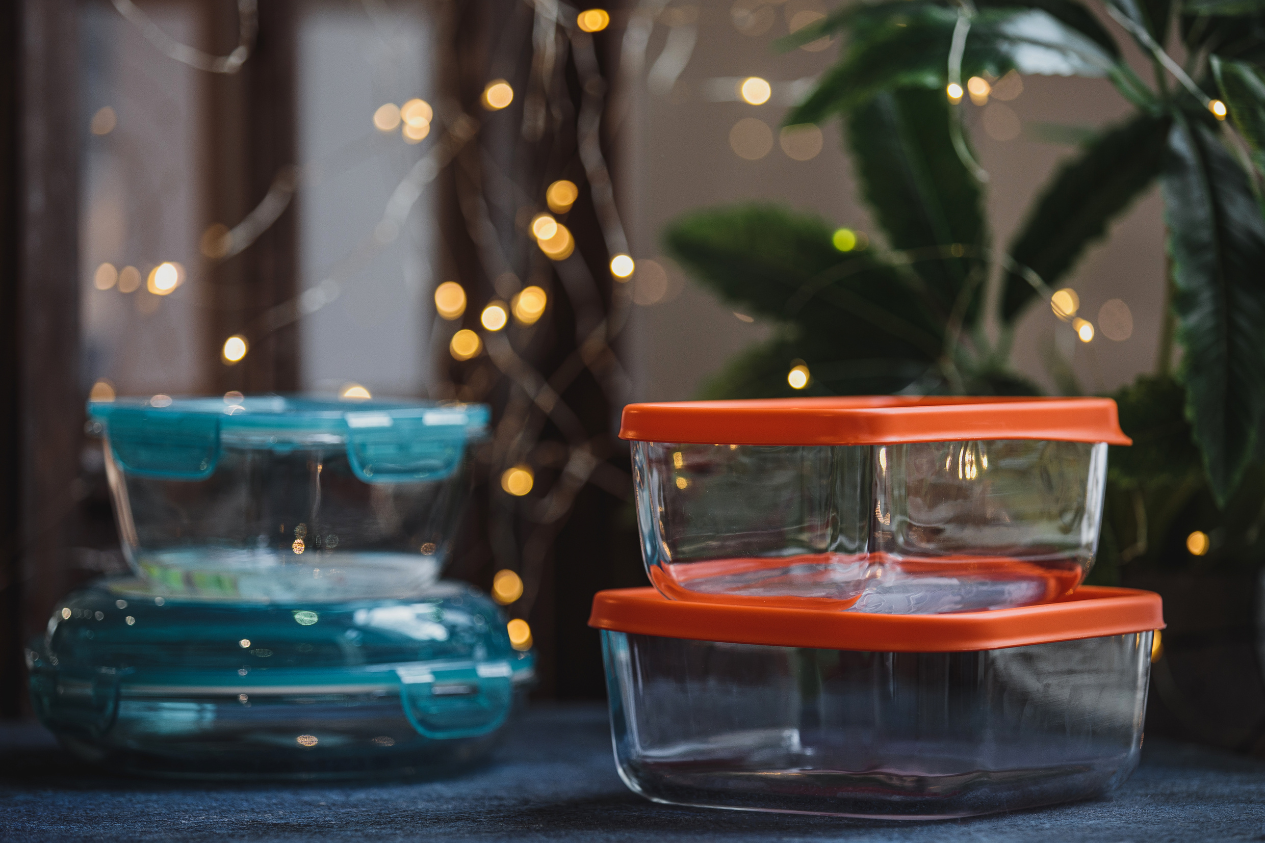
How to Store Festive Leftovers Without Losing Taste or Freshness
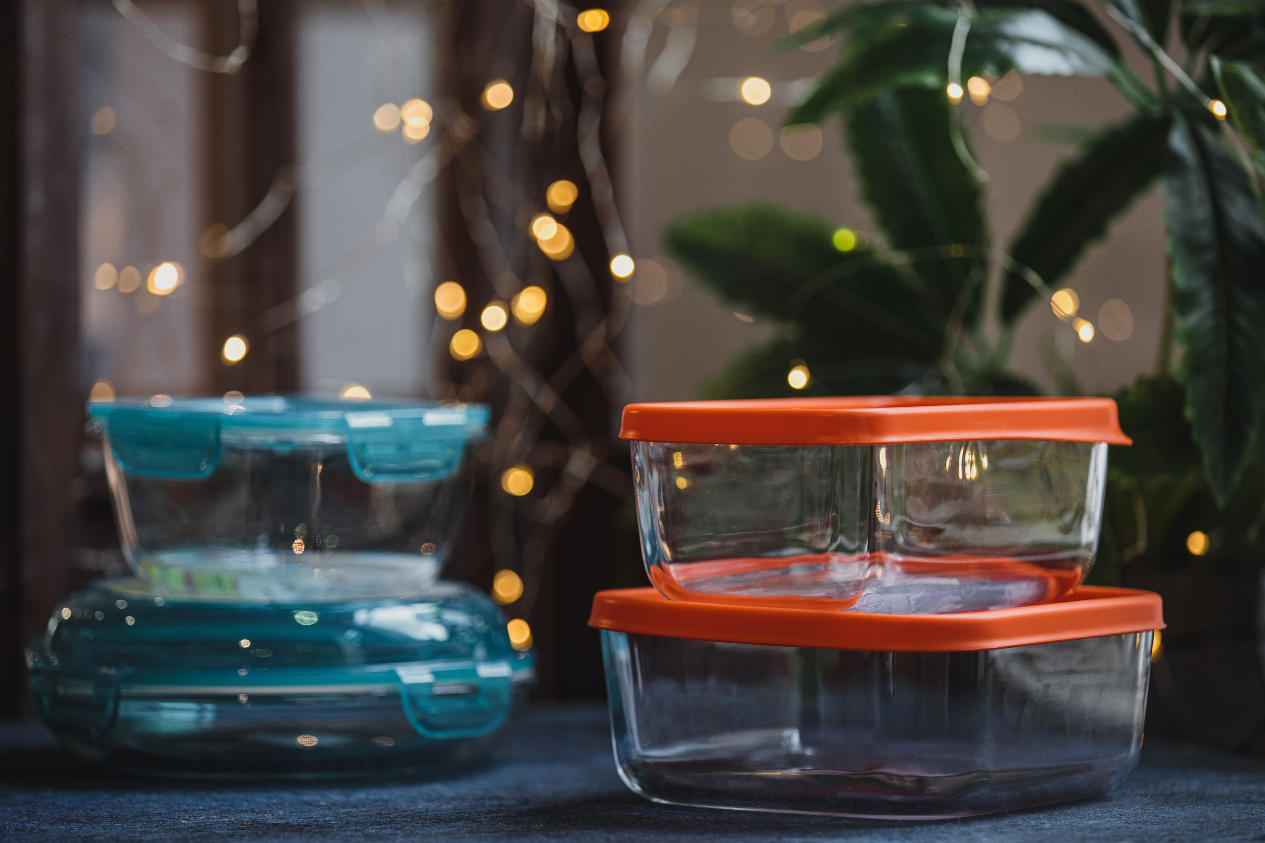
The plates are almost empty, the laughter has subsided, and the lights have dimmed. Festive leftovers are a delectable conundrum that arises after every celebration.
From the counter, the laddoos, biryanis, gravies, and sweets that you couldn't bear to discard now beg for another chance at life. The good news? Long after the celebration is over, your festive food can remain tasty, fresh, and safe if you follow a few clever tips.
Here's how to turn leftovers into a celebration rather than a cause for regret.
1. Cool First, Store Later
Hold on, even though your first impulse might be to throw everything in the refrigerator right away. Condensation and soggy disappointment are inevitable when warm food is kept in a closed container.
As a general rule, before putting food in the refrigerator, let it cool to room temperature (within two hours). If this continues, bacteria will start their silent celebration.
Spread the food out on a shallow bowl or wide plate to cool it more quickly if you're pressed for time. This preserves the texture: creamy gravies don't curdle, and crisp veggies stay crisp.
2. Pick Sturdy Containers
The correct container is the first step toward effective storage.
- Containers made of glass or stainless steel are easy to reheat and keep odors at bay.
- For short-term storage (think 1-2 days), airtight plastic boxes are ideal.
- Use tight-lidded, leak-proof containers for curries and gravy-containing foods.
- For breads, snacks, or parathas, Ziplock bags are a great way to save space.
Pro tip: Write the dish name and date on the containers. Two days later, it saves you from mystery-box roulette.
3. Divide and Conquer
Divide everything into smaller portions rather than cramming it all into one big box. This is beneficial in two ways:
- You prolong the freshness of the remaining food by only reheating what you need.
- No area becomes overly dry or soggy because it enables uniform cooling and reheating.
Consider it a festive version of meal preparation.
4. Properly Refrigerate
Your refrigerator has zones and is more than just a cold cupboard.
This is where you should keep what:
- Sweets made with dairy, custards, and paneer dishes are on the top shelf.
- Rice dishes, gravies, and curries are on the middle shelves.
- Crisper drawer: salads and vegetables (well sealed to prevent odour confusion).
- Door shelves: Pickles, chutneys, sauces, and beverages.
Maintain the temperature at or slightly below 4°C. Additionally, avoid packing the refrigerator too full because air circulation is necessary to keep food cold and bacteria-free.
5. Sweet Sensibility
Extra love is needed for festive sweets.
- Sweets made with milk, such as kalakand, kheer, and rasgullas, should be stored in the refrigerator in airtight containers for a maximum of two days.
- Unless the weather is humid, dry sweets like laddoos, barfis, and chikkis can be stored in airtight tins at room temperature for three to four days.
- Sandwich layers of candies with butter paper to prevent stickiness.
Let chilled desserts return to room temperature for 15 to 20 minutes before eating; this will allow the flavours to re-emerge.
6. Take Care When Handling Rice and Gravy
Rice and curries should be handled with extra care because they spoil the quickest.
- Mixing them reduces the shelf life of both, so store them separately.
- Never reheat rice more than once; always reheat it completely before eating.
- You can freeze thick gravies for up to a week. Before reheating, simply thaw in the refrigerator.
Reheat with a splash of water or milk, stir thoroughly, and garnish with a drop of ghee or a pinch of fresh coriander to restore the aroma of freshly cooked food.
7. Your Friend Is the Freezer
When done correctly, freezing is magical.
Things that freeze well:
- Both vegetarian and non-vegetarian gravies
- Dal, or cooked lentils
- Tikkas and kebabs
- Parathas and flatbreads
Place them in a freezer-safe box after tightly wrapping them in foil or cling film. For optimal flavour, use within two weeks after labelling with the date.
Do not freeze:
- Snacks that are fried lose their crunch.
- Dishes with a lot of dairy that could split when thawed
- Fresh raitas or salads
Thaw slowly in the refrigerator rather than on the counter when reheating. This keeps texture and safety intact.
8. Eat Wisely
Don't get bored with leftovers. Reimagine them.
- Today's stuffed paratha could be yesterday's pulao.
- Rolls or sandwiches can be filled with dry sabzis.
- You can use leftover candies as toppings for desserts or as milkshakes.
- The remaining gravy can be used as soup bases or as pasta sauces.
In addition to cutting down on waste, this keeps your taste buds intrigued and guessing.
9. Keep Odours and Moisture Out
The aromas of festive refrigerators range from gulab jamun to biryani. To keep them from combining:
- Baking soda absorbs odours, so keep an open box in the refrigerator.
- Seal open containers with cling wrap or butter paper.
- Before storing, make sure the containers are completely dry because moisture encourages the growth of mould more quickly than you may realise.
10. Understand When to Give Up
Food does not last forever, regardless of how well it is stored.
Don't take a chance if it tastes different, looks slimy, or smells bad.
Here is a basic guide:
- Rice, cooked veggies, and curries: refrigerate for two to three days.
- Desserts and sweets: four days for dry, two days for dairy-based
- Food that is frozen: up to two weeks
When in doubt, keep in mind that safety comes before sentiment.
11. Easy Holiday Reheat Tricks
Taste is just as important as temperature when reheating.
- Advice for the microwave: To keep food from drying out, cover it with a moist paper towel.
- Tawa trick: Add a few drops of ghee to reheat parathas or kebabs.
- Oven method: To keep baked snacks crisp, wrap them in foil before reheating.
Leftovers taste brand-new when a fresh garnish, such as coriander, lemon juice, or a drizzle of cream, is added.
12. Eco-Friendly Storage = Conscientious Festivity
In addition to memories, celebrations frequently leave behind mountains of trash.
Proper food storage minimises waste and demonstrates concern for the environment and people.
A few thoughtful substitutions:
- Instead of using plastic jars, use glass ones.
- Make dry snacks out of old candy boxes.
- Instead of binning spoiled food, compost it.
Respecting what's left over is just as much a part of the celebration as cooking.
It's All About Love (and Labels) in the End
It's a silent act of care for your food, your time, and your taste buds to store leftovers from celebrations.
Little triumphs of mindful living include a bowl of curry that still tastes as good as the day it was made, a jar of laddoos that retain their aroma, or a well-sealed box of biryani.
Don't waste delicious food this holiday season.
I hope that tomorrow, when you open that refrigerator, it will greet you with the promise of another delectable meal rather than guilt. Label it, layer it, and love it.
Follow Foodism for more such tips!!!
Related Blogs
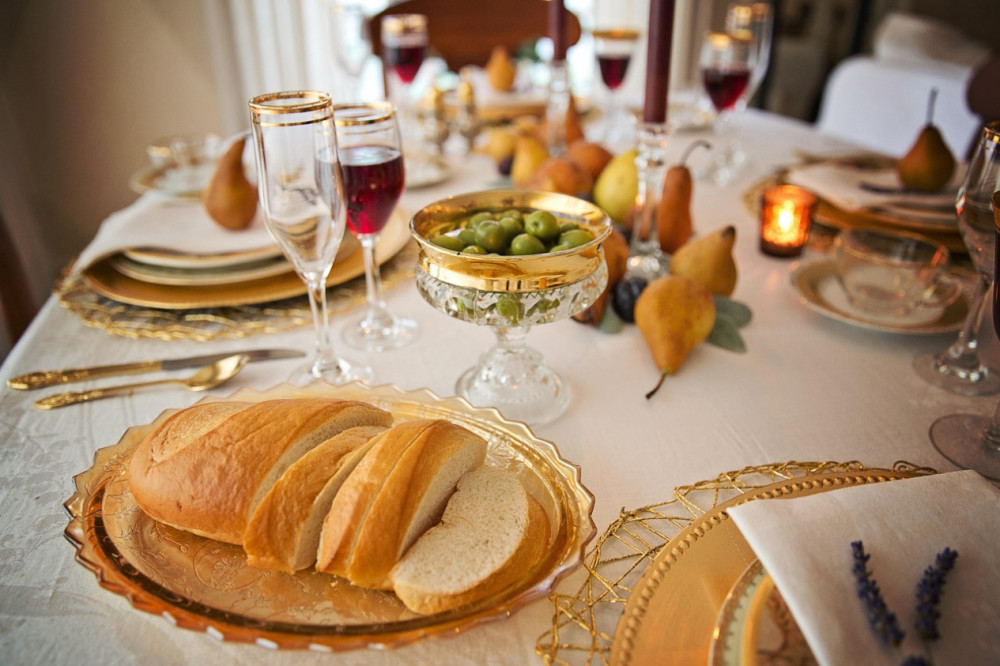
Fusion Thanksgiving: India-Inspired Global Feast
62 Views
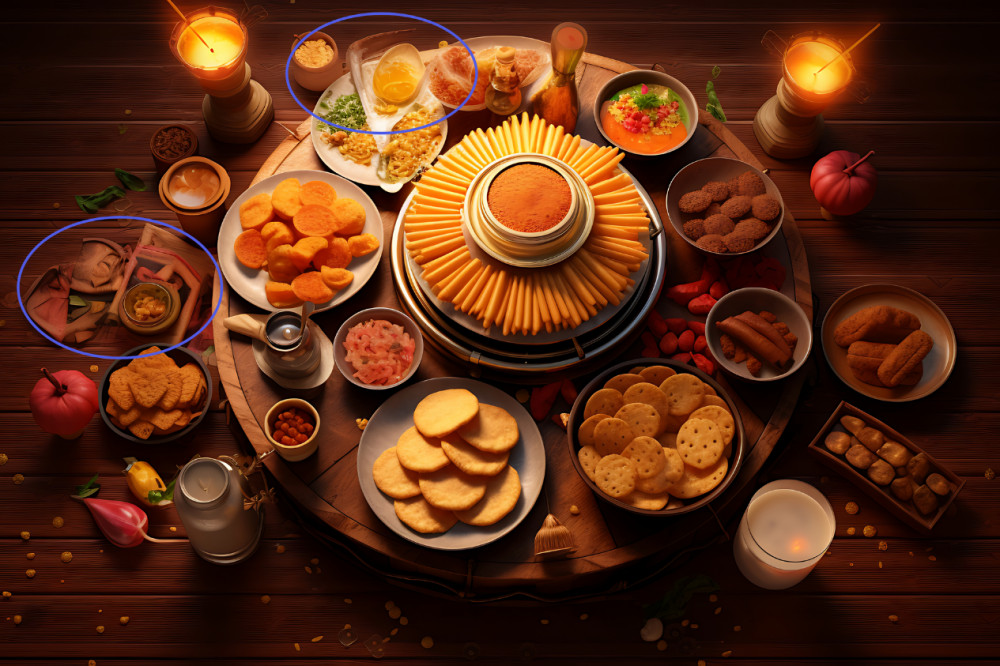
Food Offerings and Festive Plates of Kartik Purnima
153 Views
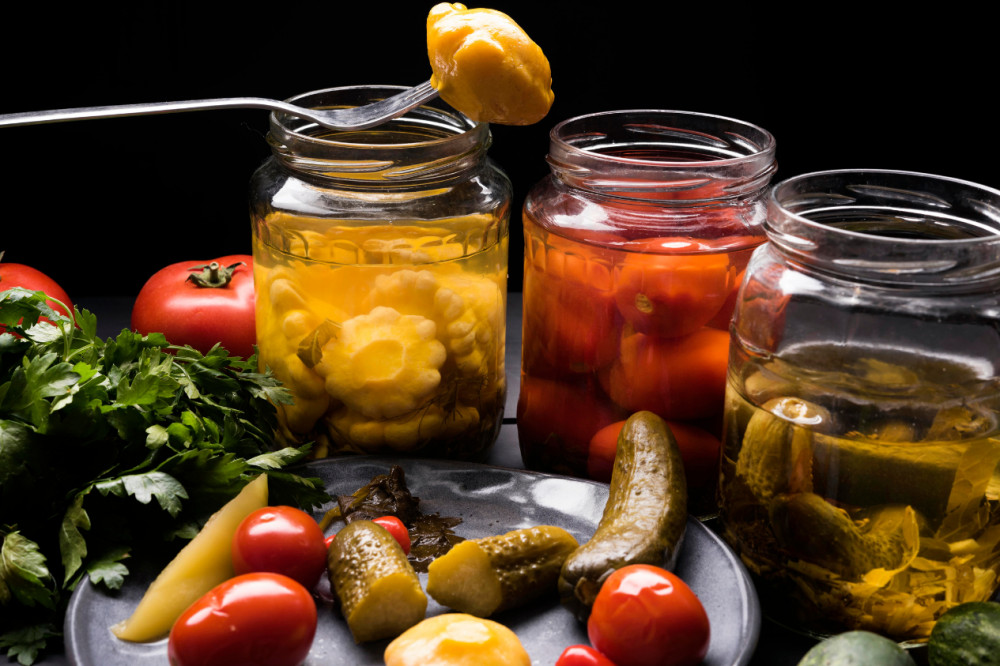
The Science of Ferment: Easy Homemade Fermented Foods
112 Views
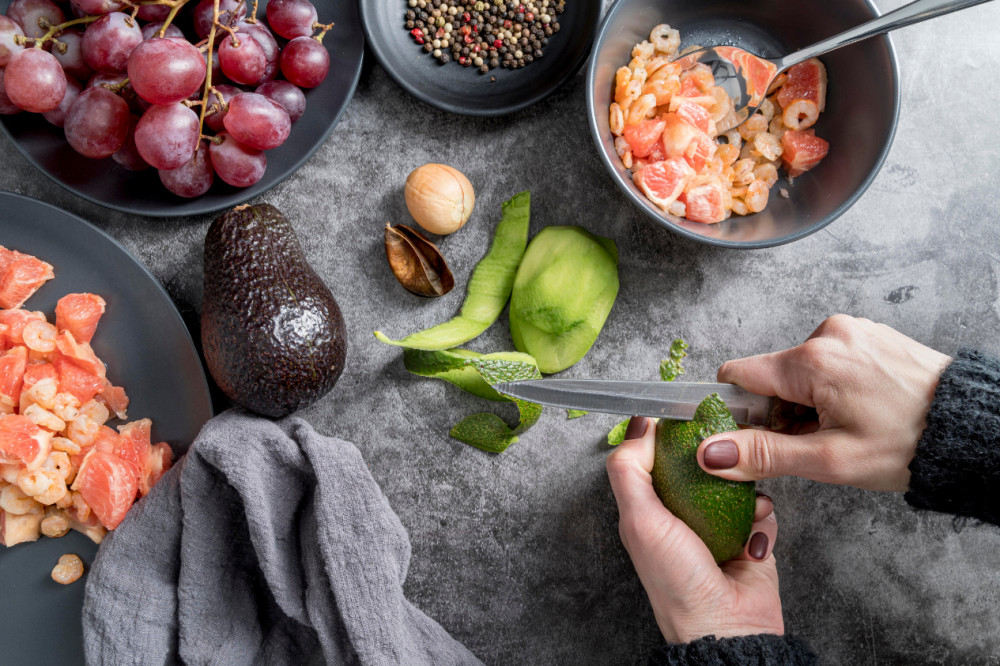
Zero-Waste Cooking: 7 Dishes That Use Every Bit
116 Views
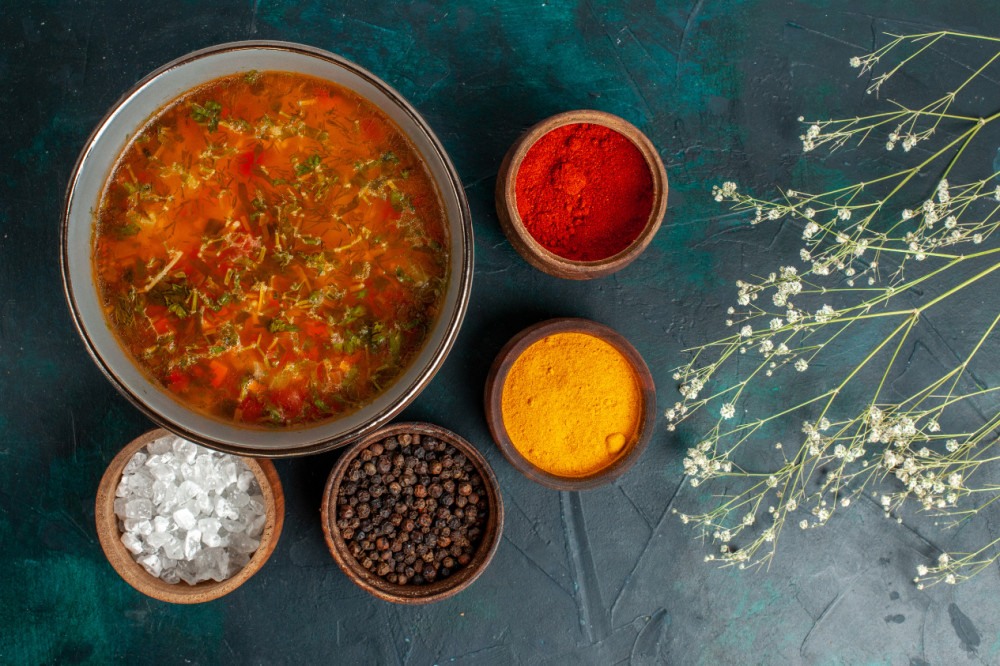
Warm Spices, Cold Valleys: Comfort Food from Kashmir
156 Views